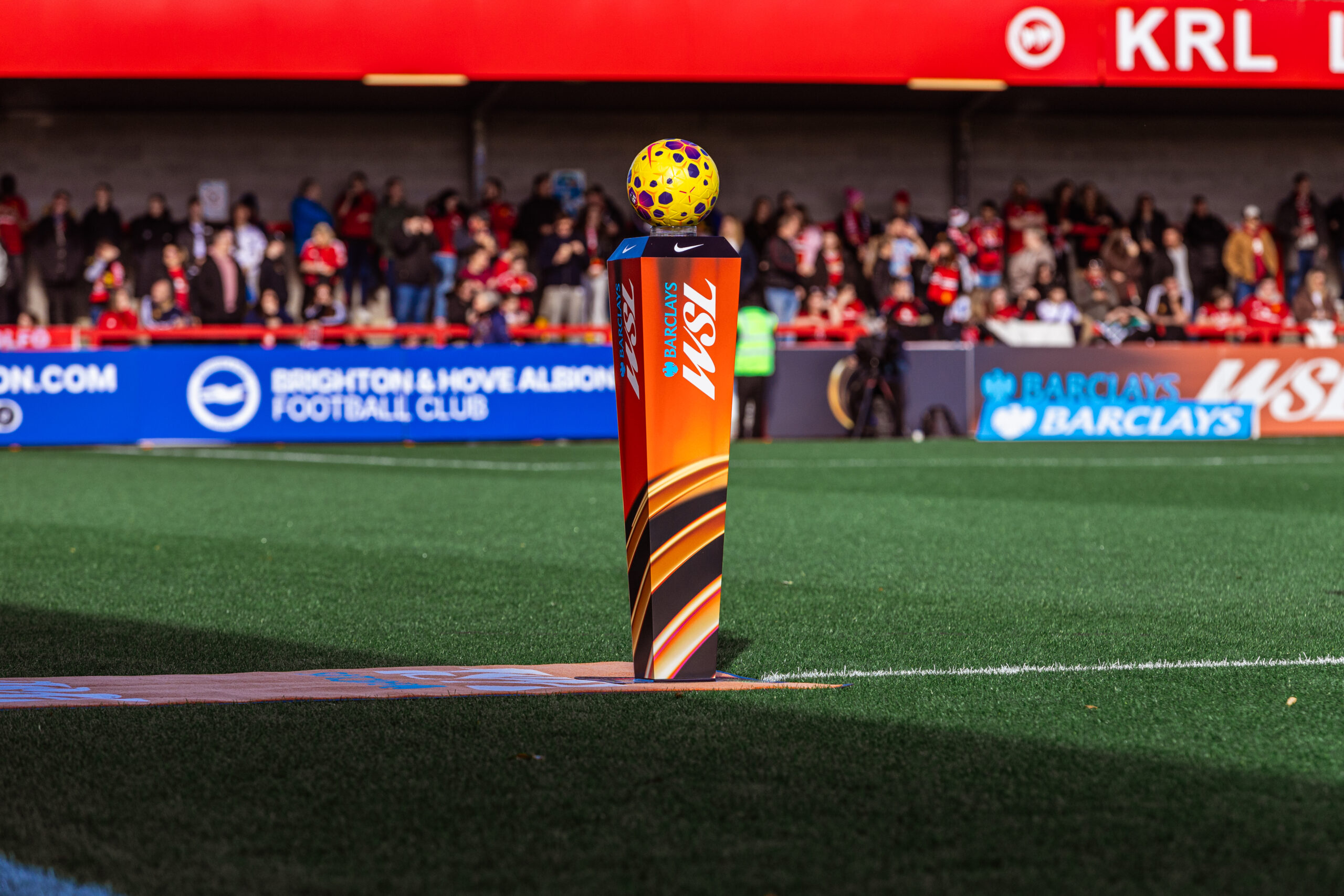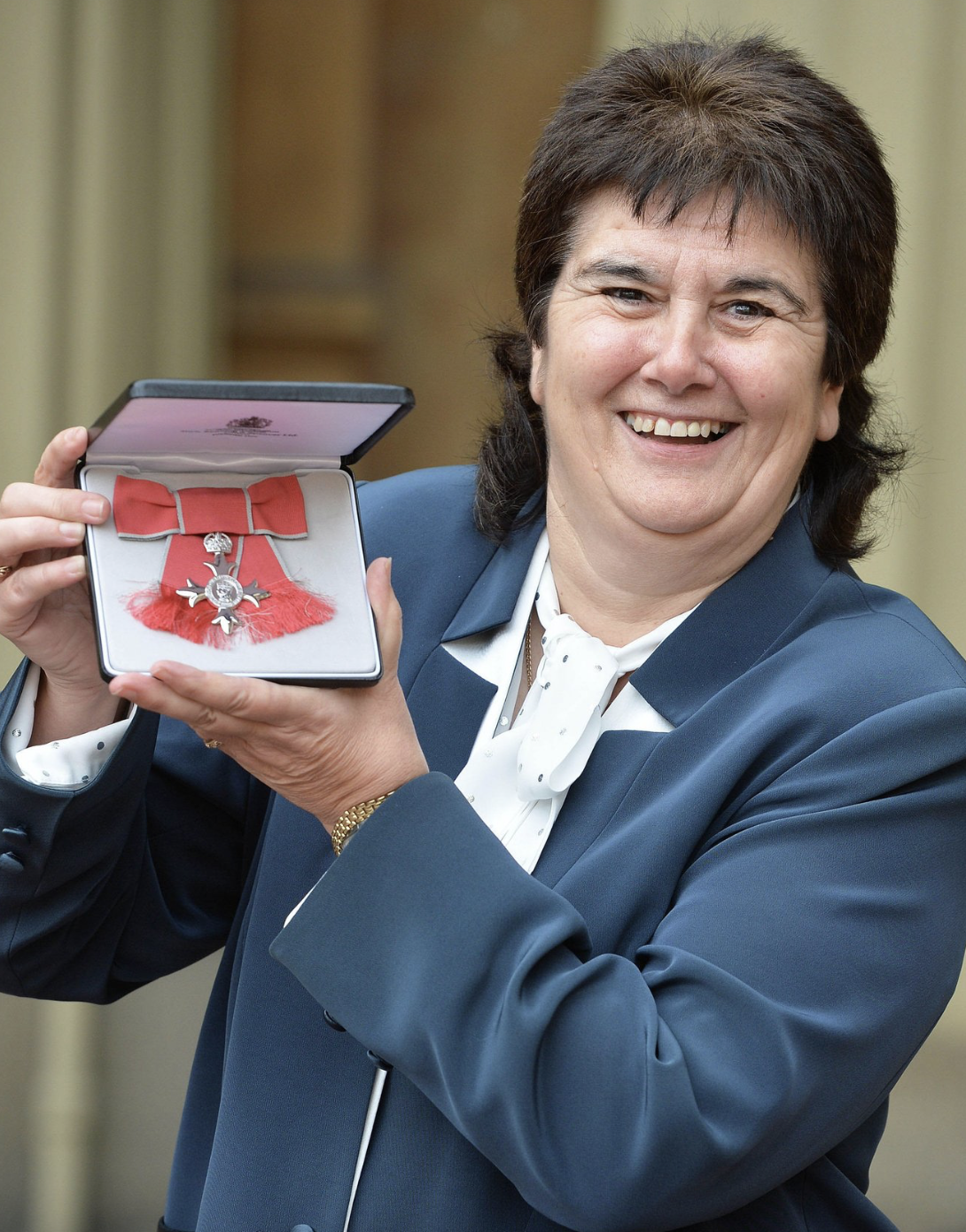In the 21st minute of a recent clash between Chelsea and Tottenham Hotspur, Amanda Nildén mishit a cross intended to land perfectly in the Chelsea penalty area. Instead of finding Bethany England’s head, the ball unexpectedly veered toward Hannah Hampton’s goal. Caught off guard by the abrupt change in direction, the Chelsea goalkeeper scrambled back and awkwardly swatted the ball out of the air before securing it on her second attempt. However, just as Hampton prepared to launch a Chelsea counterattack, the referee’s whistle had already halted play.
To the disbelief of Chelsea fans, the players, and especially Hampton—who was booked for her protests—the assistant referee ruled that the ball had crossed the line before Hampton could claim it. Tottenham Hotspur had scored an incredible, yet highly controversial, equaliser out of nowhere. This moment sparked a familiar wave of debate and old arguments that resurfaced once again.
“In this type of situation, we just need to help the referee,” Bompastor told Sky Sports. “From where I was watching it was really difficult for me to say if the ball was in or out. I just feel like if the technology is on and available for the men’s game, why don’t we have the same? If we want to look professional, we have to have the same thing as the men’s game.”
Although the goal ultimately had no bearing on the final result (Chelsea triumphed 5-2), the argument it sparked remains compelling. The WSL prides itself on being one of the best leagues in the world, yet incidents like the one at Kingsmeadow risk undermining its credibility. Unfortunately, this is not an isolated case. Last season in the FA Cup, Khiara Keating appeared to accidentally carry the ball over her own goal line, handing Arsenal a late equaliser. In the opening match of the 2021-22 season, Brooke Chaplen thought she’d scored an equaliser for Reading when her shot bounced off the crossbar and away. Instead, Manchester United swiftly countered and scored a second through Ona Batlle. That same weekend, Beth Mead scored twice against Chelsea in a 3-2 victory, despite replays showing she was clearly offside.
In all of these incidents, technology could have provided a definitive answer, eliminating any lingering sense of injustice over potentially missed decisions that would have benefitted the losing side. As the WSL becomes increasingly competitive, the margins for error continue to shrink. The consequences of a refereeing mistake—whether it’s missing an offside, allowing a ‘ghost’ goal, or failing to award a legitimate goal—are significant. The technology is already available and has been used in men’s football for years. So, why shouldn’t we embrace it in the WSL as well?
Primarily, the cost. Despite the rise in interest and popularity in the women’s game over the last five years, the sport has yet to receive its massive payday, particularly in TV rights, meaning the WPLL has to be careful with how it uses the money it has. If we’re going to compare men’s and women’s football, it’s important to recognise that the two operate in vastly different economic realms. Thanks to years of high-priced TV deals, sponsorship deals, and club takeovers by sports conglomerates and nation states, for the Premier League and the clubs who play in it, money is no object.
There is a reason clubs in the top division have VAR and GLT, and those in the Championship do not. Fitting GLT and/or VAR at WSL stadiums such as Kingsmeadow, Leigh Sports Village or Brisbane Road would be prohibitively expensive, and the cost benefit of installing something that would be used so infrequently makes installing it not worth the investment.
The obvious solution, therefore, would be to move all matches to their main stadiums, where the technology already exists. This is something the UWCL do already, by making any team playing in the knockout rounds do just that, so VAR can be used (GLT is optional). It’s a clever move, forcing clubs to play matches in bigger stadiums, and can look to draw in bigger crowds.
However, the WSL have yet to fully embrace using the main stadiums. Arsenal have seen strong attendances at Emirates Stadium, prompting them to expand their WSL roster to 8 home games this season. But they are very much an outlier, and attendances are down this season. The lack of Lioness football over the summer and less attractive fixtures also being played there now is having an impact. Clubs like Leicester City have made an effort to host nearly all their games at the King Power Stadium, but they have yet to come close to selling out. Meanwhile, West Ham United has only played one women’s game at the London Stadium in their history, remaining fully committed to playing at Dagenham.
Using the ‘excuse’ of mandatory technology to force all teams to play in their main stadiums could do more harm than good. Players would need time to readjust to their new environment. Arsenal players, for example, have spoken about how they only now consider Emirates Stadium their true ‘home’ after spending the last three years getting accustomed to it. Additionally, using main stadiums comes with higher operational costs, which can only be justified if the crowd is large enough. A sparse crowd would result in matchday losses, negating the benefits of using the main stadium for technological purposes.
At this point in the game’s development, it is more cost-effective and financially sound to accept contentious refereeing decisions rather than implementing expensive technology to overturn them. However, as men’s football has demonstrated with VAR, even that technology can be questionable. One of the charms of the WSL is the absence of VAR, allowing the game to flow uninterrupted. While decisions can be debatable, this is arguably better than the alternative we see in men’s football every weekend, where decisions are over-analysed, fans disagree, and cries of injustice and conspiracy abound. Journalists and former referees often go to great lengths to assure fans that everything is fine. Do we really want that to infiltrate the women’s game as well?
Emma Hayes called for the introduction of VAR after Arsenal’s 3-2 victory over Chelsea in 2021, expressing that its absence in the women’s game felt disrespectful:
“We have all got used to VAR and goal line technology, so I feel not having it in the women’s game is like being second-class citizens.”
This echoes the frustration many Premier League fans expressed after refereeing injustices, with loud calls for VAR at the time. Yet, looking at the sport now, VAR has only created chaos, with decisions continually under scrutiny, and fans questioning every call. Is this the kind of environment we want for the WSL?
Bompastor may want the men’s and women’s games to be treated equally, but the two are at very different stages of their development. There are more pressing issues that need attention first.
The professionalism of refereeing is a far greater priority. Technology is only as effective as the people using it, and as the Premier League has shown, VAR has often highlighted referees’ mistakes rather than resolving them.
As the popularity of the women’s game continues to grow, it’s essential that grassroots football receives more investment to ensure young talent isn’t overlooked—whether it’s through better training facilities, the right equipment, or proper footwear.
Additionally, it’s crucial that clubs lower down the pyramid aren’t left to struggle due to poor ownership. Clubs like Notts County, Yeovil Town, Reading, Thornaby, and Solihull Moors have all faced setbacks because of neglect towards their women’s teams. While the WSL is celebrated, the foundations of women’s football further down the pyramid are still fragile.
Technology will eventually make its way into the WSL, but that time is not now. Bompastor may find the decision not to implement goal-line technology perplexing, and she is raising an important point for future discussion. However, there are still more pressing issues in the game—such as infrastructure, investment, and the professionalism of refereeing—that must be addressed to foster the development of the game before we consider such advancements.
Photo – @connieleaphotos



